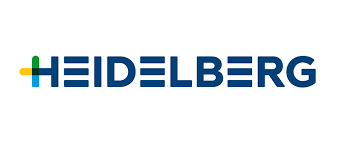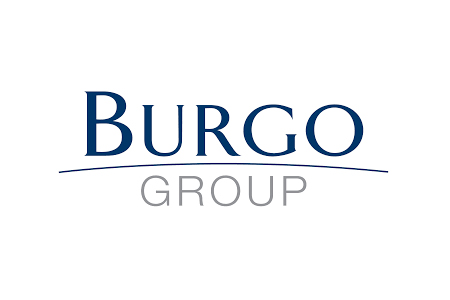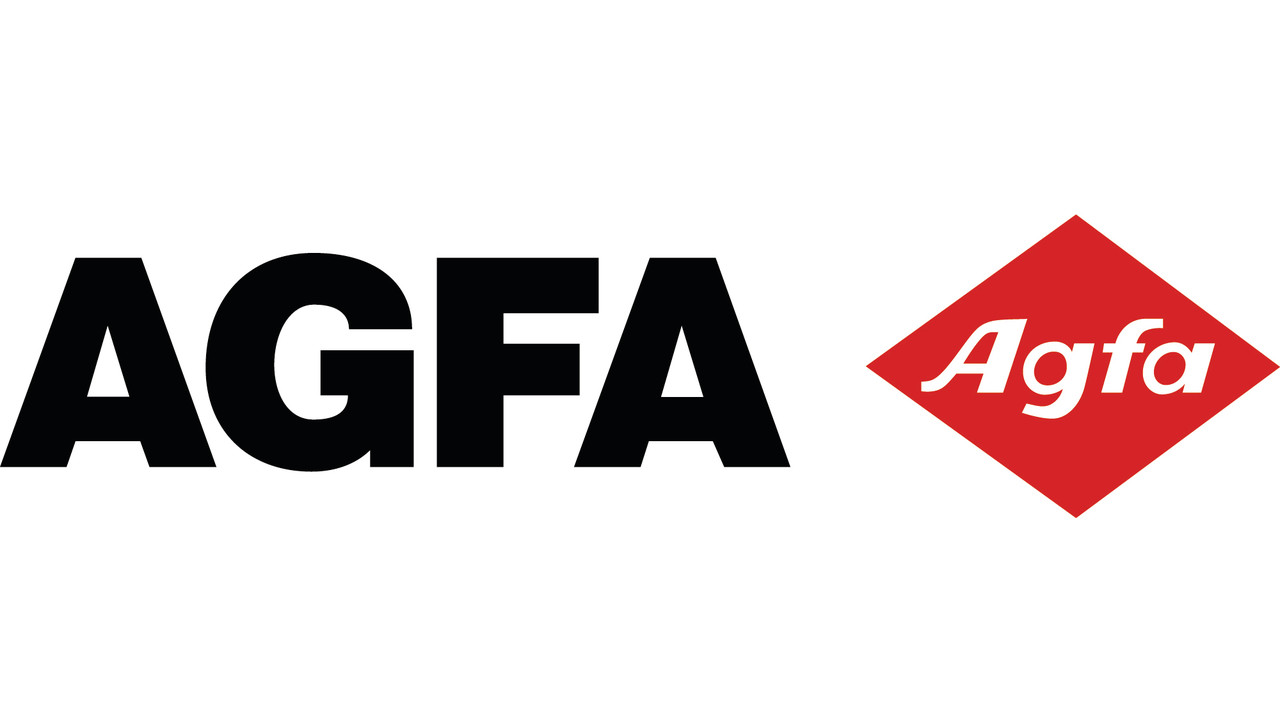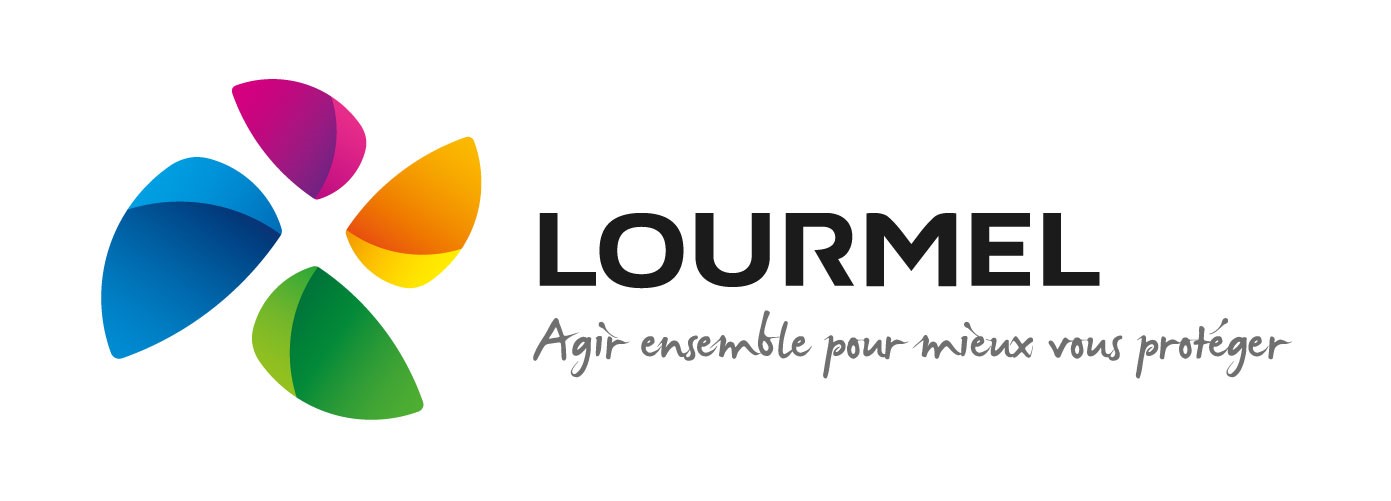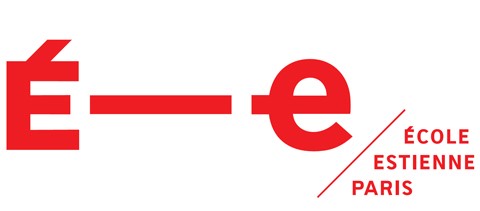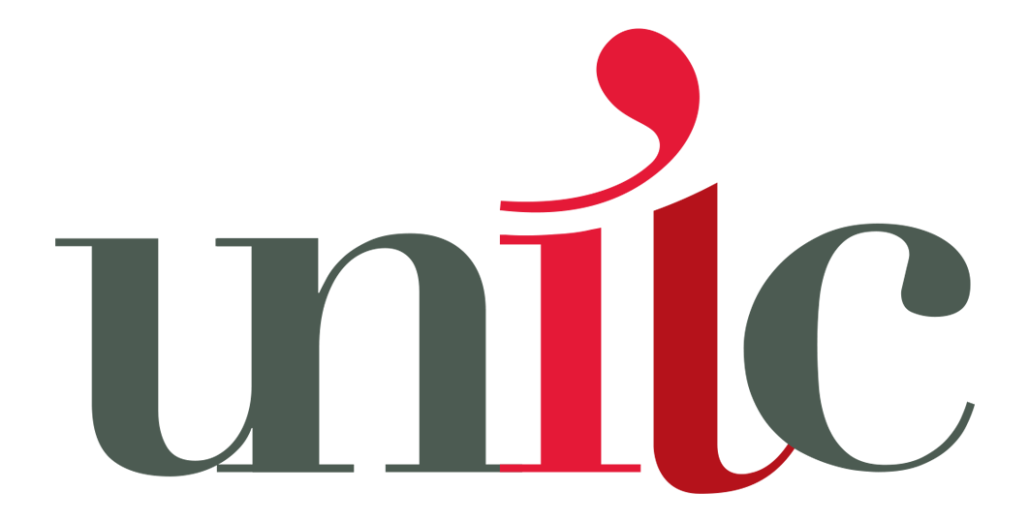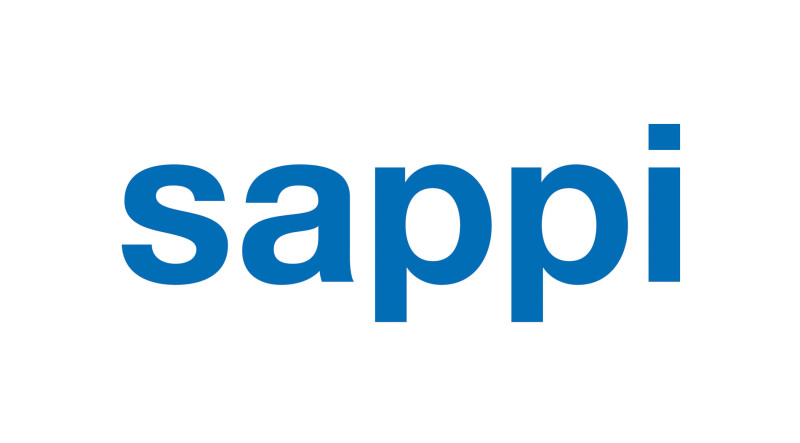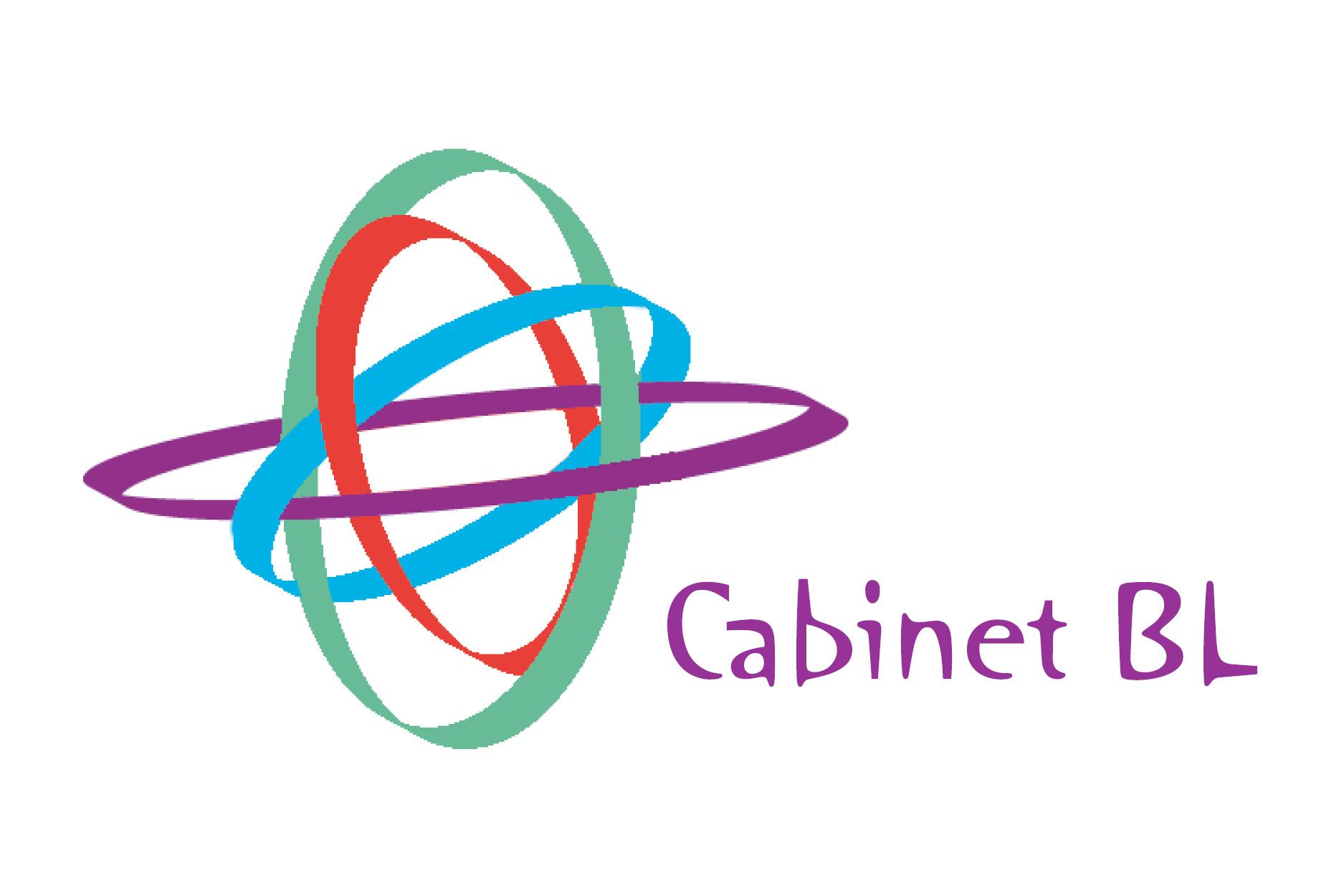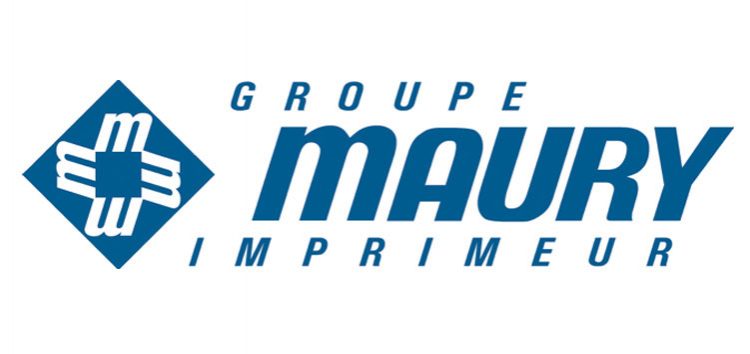Ink maker warns of shortages and price increases
Suppliers are again warming customers up to the prospect of price increases with a warning about supply chain problems in the ink industry.
Flint commercial, publication and sheetfed global supply chain director Vijay Patel says the global COVID-19 pandemic is continuing to impact supply chains across the globe.
ink manufacturers have been greatly affected by freight availability, with “unprecedented” impact on the entire supply chain. “Suppliers to the print industry have witnessed that the global ocean market has remained severely impacted by widespread disruptions,” he says. “All indexes on the sector are reporting week-on-week rate increases with new record highs been seen for many lanes during the past months.
“These disruptions are as a result of operational capacity issues in a number of international ports.”
He says the combination of COVID outbreaks affecting port operations and general container shortages has resulted in “extreme pressure” to secure space on steam shipping lines.
“At present, there is no evidence that the situation is going to stabilise any time soon. The demand of the steamship lines is on the rise as increased demand driven by economies opening and unprecedented money supply to various sectors last year created a perfect storm for the supply chain disruptions.
“While there is demand from the market and the willingness to pay, there iis no incentive for the carriers to ease the situation. For Flint CPS this has resulted in a direct impact on material supplies to Europe and North America from Asian markets.”
To mitigate these impacts Patel says Flint has increased local stocks of key materials to gain some flexibility in supply from Asia. “We are also working with logistics partners to ensure container availability and reviewing alternative materials from local markets to ease the burden on steam shipping requirements.”
He says disruption to logistics is not limited to ocean freight, with the European road market impacted by a continuing widespread shortage of drivers and equipment “directly impacting quality, supply and reliability, and a high spike in logistics demand to continue.
Additionally, Brent Crude Oil and WTI rose by another 20 per cent, making 45 per cent on levels at the end of 2020, with increases forecast to continue. In North America anticipated supply imbalances are expected to continue into early 2022.
With other drivers, disruption and cost impacts are set to continue to at least the end of the year “with further price increases to follow as a result”, he says.









